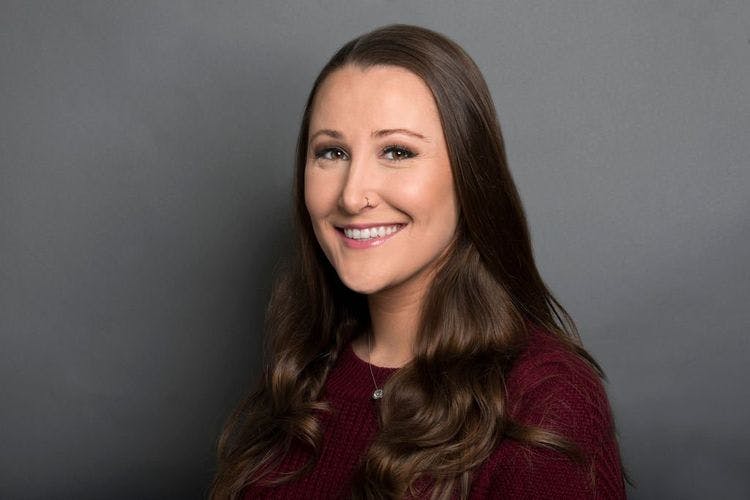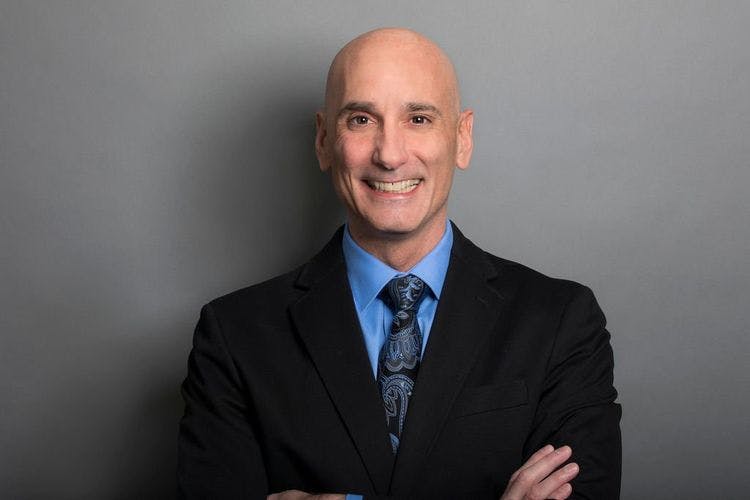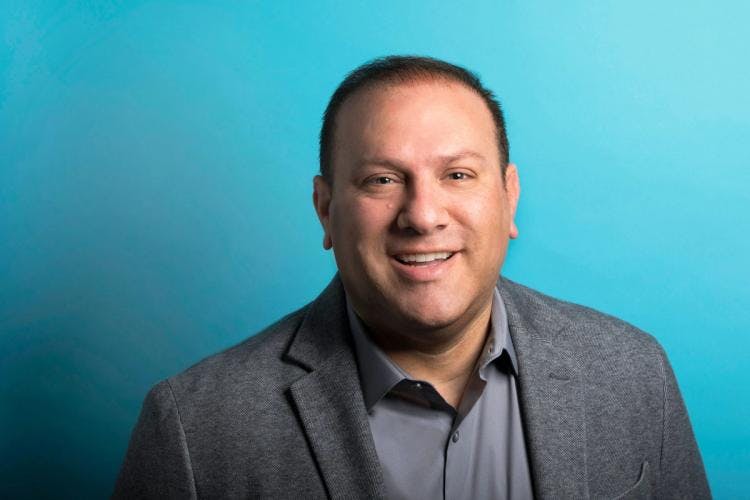Panic disorder is a type of anxiety disorder. Individuals with panic disorder have sudden and repeated attacks of fear that last for several minutes or longer. These are called panic attacks. A panic attack is an abrupt surge of intense fear or intense discomfort that reaches a peak within minutes, during which time four or more of a list of 13 physical and cognitive symptoms occur. The term recurrent literally means more than one unexpected panic attack. The term unexpected refers to a panic attack for which there is no obvious cue or trigger at the time of occurrence-that is, the attack appears to occur from out of the blue, such as when the individual is relaxing or emerging from sleep (nocturnal panic attacks).
The frequency and severity of panic attacks vary widely. In terms of frequency, there may be moderately frequent attacks (e.g., one per week) for months at a time, or short bursts of more frequent attacks (e.g., daily) separated by weeks or months without any attacks or with less frequent attacks (e.g., two per month) over many years.
Panic attacks are characterized by a fear of disaster or of losing control even when there is no real danger. Panic attacks can happen anytime, anywhere, and without warning.
Panic disorder often begins in the late teens or early adulthood. More women than men have panic disorders and about 2-3% of Americans experience panic disorder in a given year. The median age at onset for panic disorder in the United States is 20-24 years. But not everyone who experiences panic attacks will develop panic disorder.
Panic disorder can interfere with daily life, causing people to miss work, go to many doctor visits, and avoid situations where they fear they might experience a panic attack.
There is no known direct cause of panic disorders. Panic disorders can sometimes run in families but no one knows for sure why some family members have it while others don’t. Some researchers think that people with panic disorder misinterpret harmless bodily sensations as threats. Sometimes the cause can be because a person is under a lot of stress.
To be diagnosed with general panic disorder, according to the Diagnostic and Statistical Manual of Mental Disorders, the following criteria must be met:
A panic attack is an abrupt surge of intense fear or intense discomfort that reaches a peak within minutes, during which time four (or more) of the following symptoms occur:
Note: Culture-specific symptoms (e.g., tinnitus, next soreness, headache, uncomfortable screaming, or crying) may be seen. Such symptoms should not count as one of the four required symptoms.
At least one of the attacks has been followed by 1 month (or more) of one or both of the following:
There is no perfect way to approach a loved one that you assume or know has a panic disorder. People with panic disorder may struggle with completing daily tasks and may feel ashamed or discouraged. Providing support and being aware of how panic disorder impacts their life can be helpful.
Treating panic disorder usually includes a combination of medication and therapy. It is important to distinguish the best course of treatment individually. Appropriate psychiatric treatment by an experienced professional can reduce or prevent panic attacks in 70 to 90% of people with panic disorder. Most patients show significant progress after a few weeks of therapy. Relapses may occur, but they can often be effectively treated just like the initial episode. Our panic disorder treatment integrates a range of therapeutic approaches proven to alleviate panic symptoms and promote overall well-being:
Our skilled psychiatrists collaborate with you to determine if medication could be beneficial in managing panic disorder symptoms. The most common forms of medication used to treat panic disorders are antidepressants and anti-anxiety medication. More specifically, Selective Serotonin Reuptake Inhibitors (SSRIs), Benzodiazepines, and Selective Norepinephrine Reuptake Inhibitors (SNRIs). These medications may have side effects and taking them can lead to tolerance, withdrawal symptoms, and dependence, so you must consult with a physician before starting or stopping these medications.
CBT is a common form of treatment for panic disorder.CBT helps you identify and reframe negative thought patterns and behaviors that contribute to panic attacks. By gaining insight into the connection between thoughts, feelings, and actions, you can develop healthier coping mechanisms. The attacks can begin to disappear when individuals learn to react differently to the physical sensations of anxiety and fear that occur during panic attacks.
Facing and gradually desensitizing yourself to triggers in a controlled environment can help reduce the intensity of panic attacks over time.
Learning to stay present and manage stress through mindfulness and relaxation exercises can be powerful tools in preventing and managing panic attacks.
If you're ready to regain control over your life and overcome panic disorder, Clarity Clinic is here for you. Our dedicated mental health care team is committed to helping you conquer panic attacks, reduce anxiety, and lead a life marked by confidence, resilience, and empowerment.





































































Our Services
Virtual/Online CarePHP and IOPAdult PsychiatryChild & Adolescent PsychiatryAdult TherapyChild & Adolescent TherapyCouples CounselingFamily TherapyGroup TherapyPsychological TestingTranscranial Magnetic Stimulation (TMS)